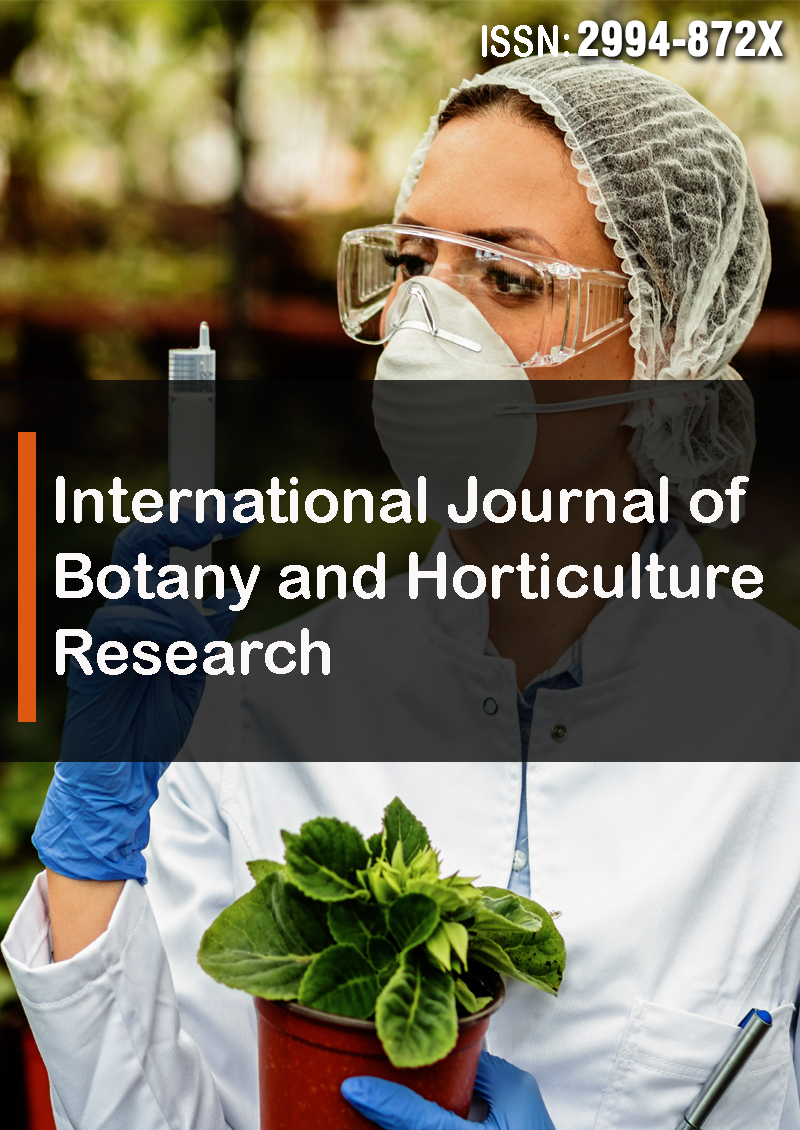MMP9 and MAFA Protein Molecular Docking with Novel Derivatives of Isoflavone from Cicer Arietinum L. as Anti-Diabetic and Anti-Inflammatory Agents
Abstract
Kauser Parveen, Muhammad Abu Bakar Saddique, Zulqurnain Khan, Sehrish Ijaz, Hafiz Muhammad waqas, Rao Muhammad Ikram and Muhammad Umair Waqas
Objectives: Chickpea, also known as Cicer Arietinum L. is a widely cultivated and consumed legume that is rich in carbohydrates, lipids, and high-quality proteins. It contains a diverse array of micronutrients, macronutrients, vitamins, and carotenoid compounds, which contribute to its nutritional value. Additionally, chickpea has medicinal properties due to the presence of various bioactive compounds, including genistein, Biochanin-A, and formononetin, which possess antidiabetic and anti-inflammatory properties. Chickpeas are a possible contender for addressing health conditions such as cardiovascular disease, type 2 diabetes, digestive disorders, and cancer due to these qualities. In this study, we looked into the consequences of genistein, Biochanin-A, and formononetin on the activity of the MMP9 and MafA proteins. Our findings provide insights into the potential therapeutic applications of chickpea compounds and their role in regulating protein activity in various biological processes.
Methodology: This study employed molecular docking analysis using the CB-Dock program to investigate the interactions between three anti-diabetic and anti-inflammatory chemicals found in chickpeas - Biochanin-A, Genistein, and Formononetin - and two target proteins - MMP-9 and MaFA.
Results: Analysis of compounds' remarkable decrease in binding energy to MMP9 target receptors, especially for Formononetin (-11 kcal/mol), Biochanin-A (-10.1 kcal/mol), Genistein (-10 kcal/mol) and Mafa for Formononetin (-8.8 kcal/mol), Biochanin-A (-8.1 kcal/mol), Genistein (-8.2 kcal/mol).
Conclusion: Potential chemical molecules found in this study may be used as a starting point by the pharmaceutical sector to create molecules for anti-diabetic drugs.



